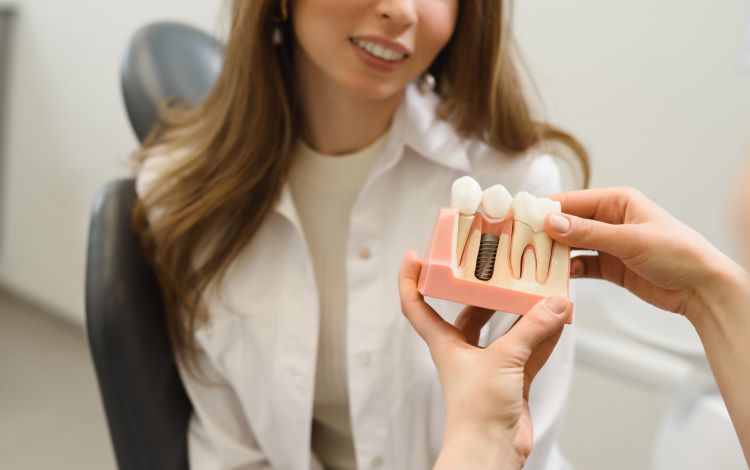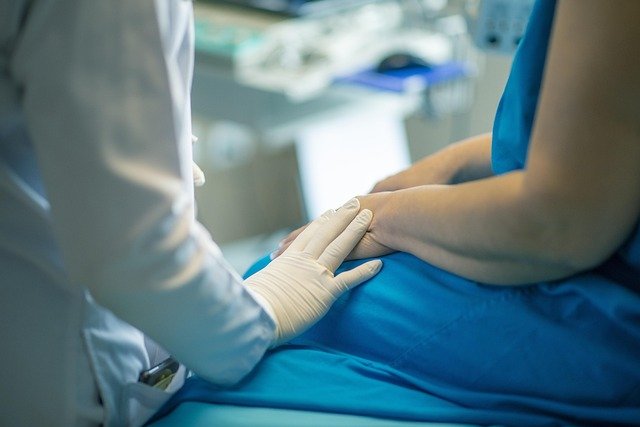Dental Implants: Understanding Screwless Options And Benefits
Dental implants can be designed in different ways, including screwless options that aim to improve comfort and aesthetics. These approaches may influence stability, maintenance, and appearance. Learning about screwless implants provides insight into how they may be used in tooth replacement.

What Are Screwless Dental Implants and How Do They Work?
Screwless dental implants, also known as cement-retained implants, differ from traditional screw-retained systems in their attachment method. Instead of using a screw to secure the crown to the implant post, these systems rely on dental cement to bond the restoration permanently to the abutment. The implant post still integrates with the jawbone through osseointegration, but the final crown attachment eliminates visible access holes that characterize screw-retained implants.
This modern solution for missing teeth explained involves a titanium post surgically placed into the jawbone, followed by a healing period during which the bone grows around the implant. Once integration is complete, a custom abutment is attached, and the final crown is cemented into place. The cement creates a strong, permanent bond that holds the restoration securely while maintaining a more natural appearance.
Advantages of Screwless Dental Implants in Detail
The advantages of screwless dental implants in detail include several key benefits that make them attractive to many patients. Aesthetically, these implants offer superior results because there are no screw access holes visible on the chewing surface of the crown. This creates a more natural-looking tooth that closely mimics the appearance of natural teeth.
From a functional standpoint, screwless implants often provide better occlusion and bite alignment. Without screw holes compromising the crown’s structure, dentists have more flexibility in designing the optimal chewing surface. The cement retention also distributes forces more evenly across the crown, potentially reducing stress on the implant components.
Maintenance is generally simpler with screwless systems, as patients don’t need to worry about screw loosening or food particles getting trapped in access holes. The smooth surface of cement-retained crowns is easier to clean and maintain with regular brushing and flossing.
Screwless Dental Implants Benefits for Seniors
Screwless dental implants benefits for seniors are particularly noteworthy given the unique challenges this population faces. Many older adults struggle with dexterity issues that make detailed oral hygiene difficult. The smooth, seamless surface of screwless implants is easier to clean than screw-retained alternatives, making them more suitable for seniors with limited manual dexterity.
Senior patients often have aesthetic concerns about dental work being obvious or unnatural-looking. Screwless implants address these concerns by providing restorations that look virtually identical to natural teeth. This can significantly boost confidence and quality of life for older adults who may already be dealing with age-related changes in appearance.
The reduced need for maintenance appointments is another advantage for seniors. While all implants require regular check-ups, screwless systems typically need fewer adjustments or repairs related to loose screws, which can be particularly beneficial for seniors with mobility limitations or transportation challenges.
Working with a Qualified Implant Specialist in Your Area
Working with a screwless implant dentist in your area requires careful consideration of the provider’s experience and expertise with this specific technology. Not all dental professionals are equally familiar with cement-retained implant systems, so finding a specialist with extensive experience in screwless techniques is crucial for optimal results.
When searching for qualified providers locally, look for dentists or oral surgeons who regularly perform screwless implant procedures and can demonstrate successful outcomes. Many specialists offer consultations where they can explain their approach and show examples of previous work. It’s important to verify that your chosen provider has proper training in the specific implant system they recommend.
Consider asking potential providers about their experience with cases similar to yours, their success rates with screwless implants, and their approach to handling any complications that might arise. A qualified specialist should be able to explain why screwless implants might be suitable for your specific situation and discuss any potential limitations.
Screwless Dental Implant Cost and Affordability Factors
Screwless dental implant cost and affordability factors vary significantly based on location, provider experience, and individual case complexity. Generally, the cost of screwless implants is comparable to traditional screw-retained systems, with typical ranges falling between $3,000 and $6,000 per tooth for the complete procedure, including the implant post, abutment, and crown.
Several factors influence pricing, including the need for additional procedures like bone grafting or sinus lifts, the type of materials used for the crown, and the geographic location of the practice. Urban areas typically have higher costs than rural locations, while specialists may charge more than general dentists performing the procedures.
| Provider Type | Service Offered | Cost Estimation |
|---|---|---|
| Oral Surgeon | Complete screwless implant | $4,500 - $6,500 |
| Periodontist | Implant placement + restoration | $4,000 - $6,000 |
| General Dentist | Full implant procedure | $3,000 - $5,000 |
| Dental School Clinic | Supervised student treatment | $2,000 - $3,500 |
Prices, rates, or cost estimates mentioned in this article are based on the latest available information but may change over time. Independent research is advised before making financial decisions.
Insurance coverage varies widely, with some plans covering a portion of implant costs while others exclude them entirely. Many practices offer financing options or payment plans to help make treatment more affordable. It’s advisable to discuss all financial aspects upfront and get detailed estimates before beginning treatment.
Comparing Screwless and Traditional Implant Systems
Both screwless and traditional screw-retained implants have their place in modern dentistry, and the choice often depends on individual circumstances. Screwless systems excel in situations where aesthetics are paramount, particularly in the front teeth where appearance is most critical. They also work well for patients who prioritize ease of maintenance and cleaning.
Traditional screw-retained implants offer advantages in terms of retrievability, as the crown can be removed if adjustments or repairs are needed. This makes them preferable in some clinical situations, particularly when future modifications might be necessary. The choice between systems should always be made in consultation with a qualified dental professional who can assess individual needs and circumstances.
Understanding both options allows patients to make informed decisions about their dental care. Each system has proven successful in long-term studies, and both can provide excellent functional and aesthetic results when properly planned and executed by experienced practitioners.
This article is for informational purposes only and should not be considered medical advice. Please consult a qualified healthcare professional for personalized guidance and treatment.




